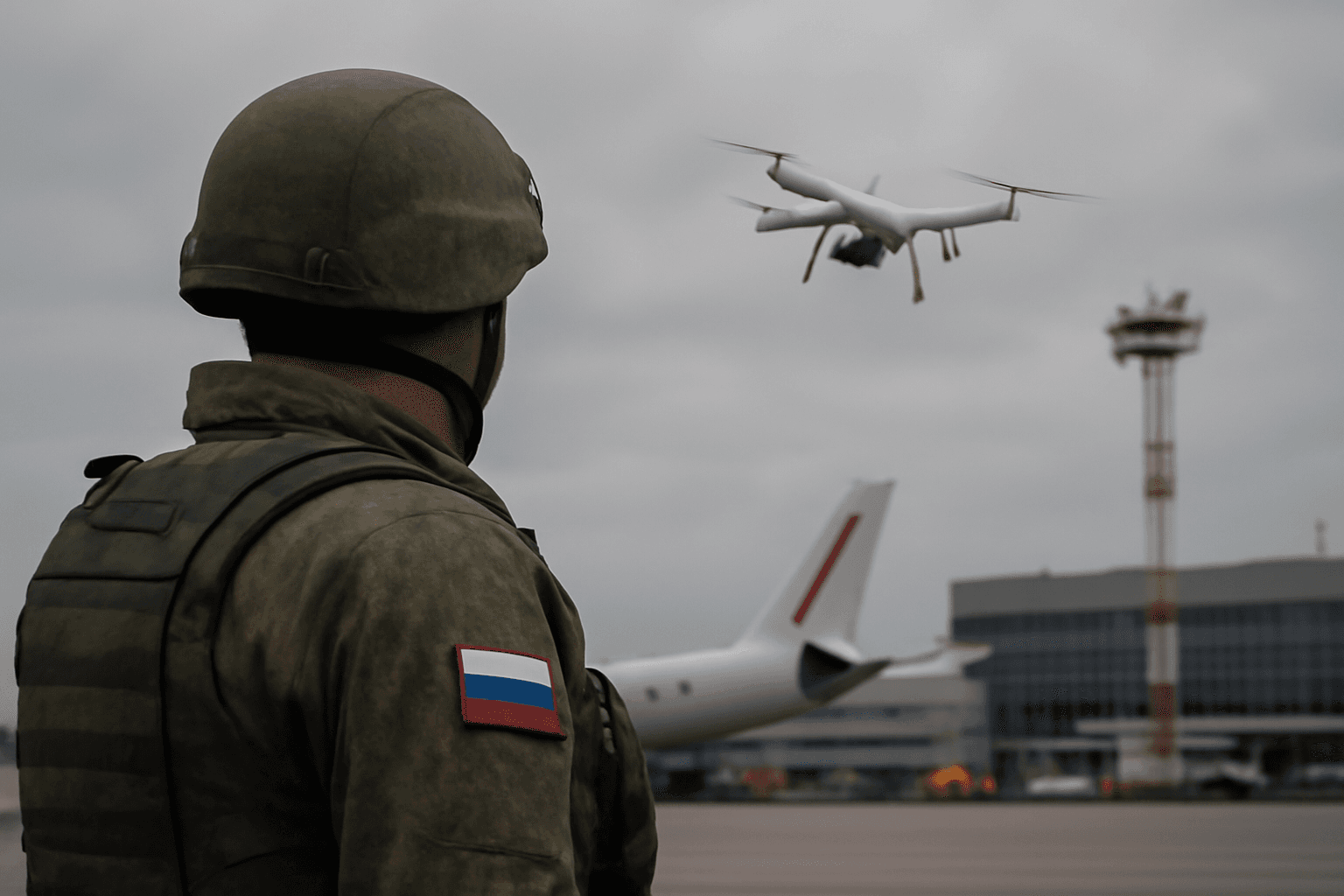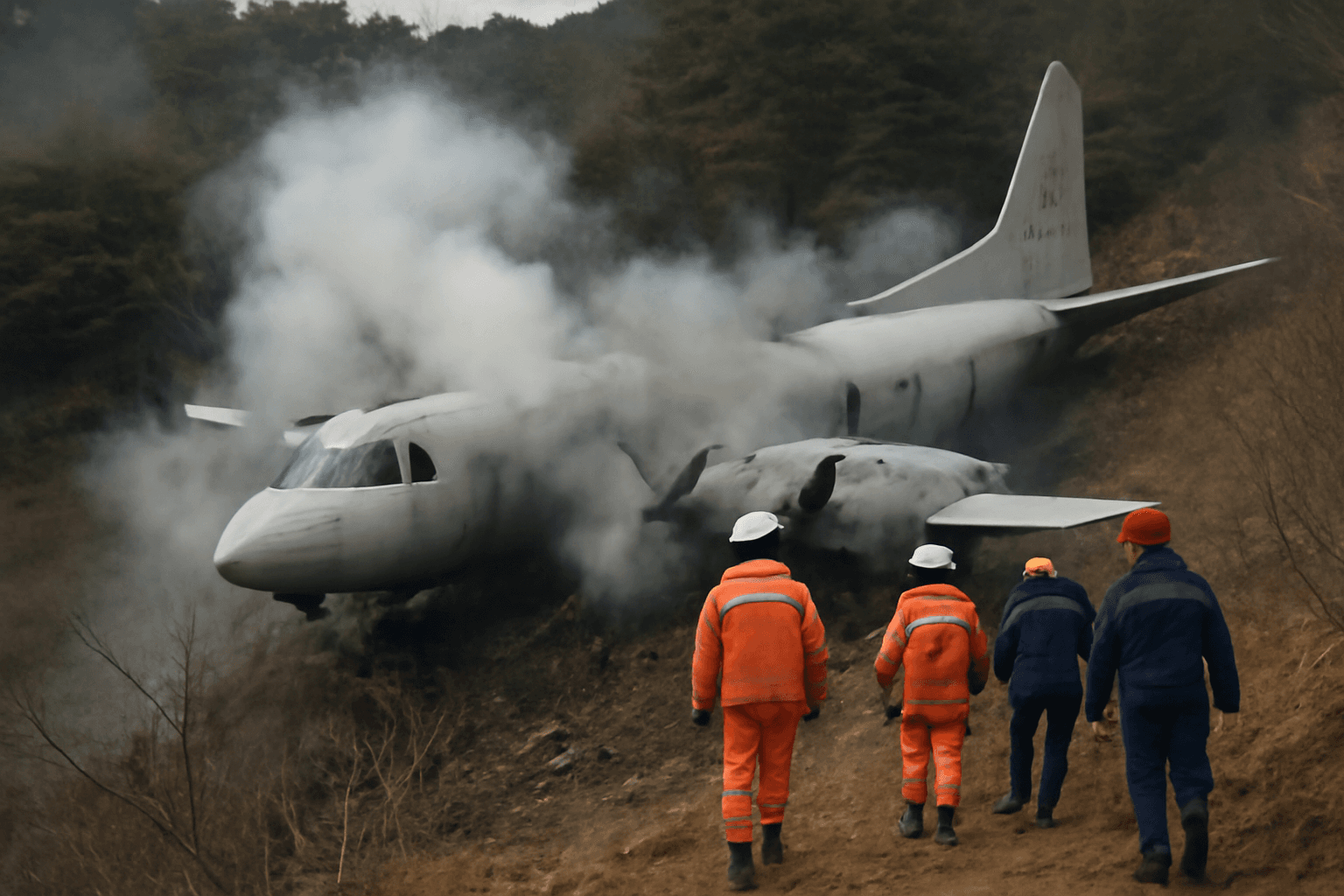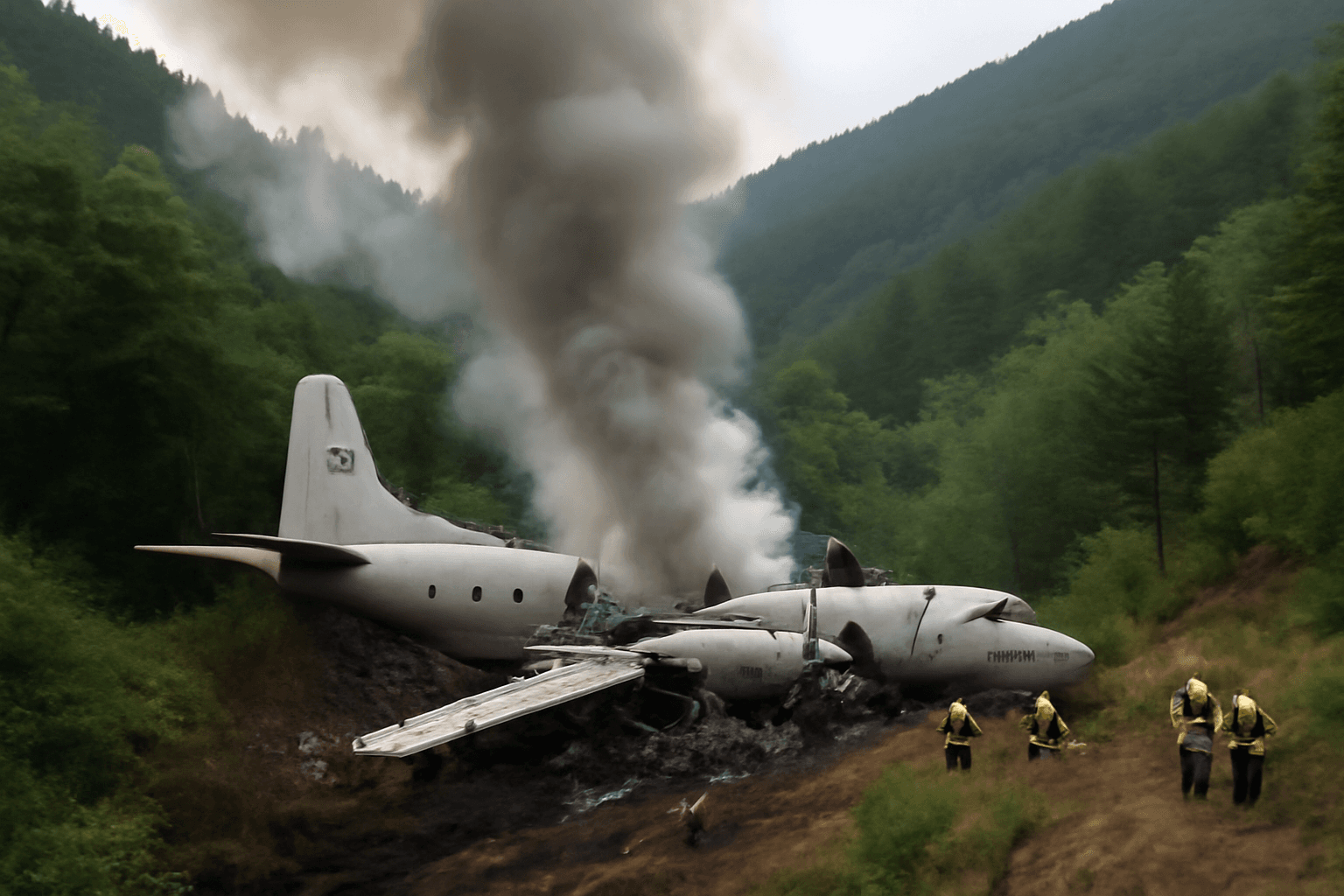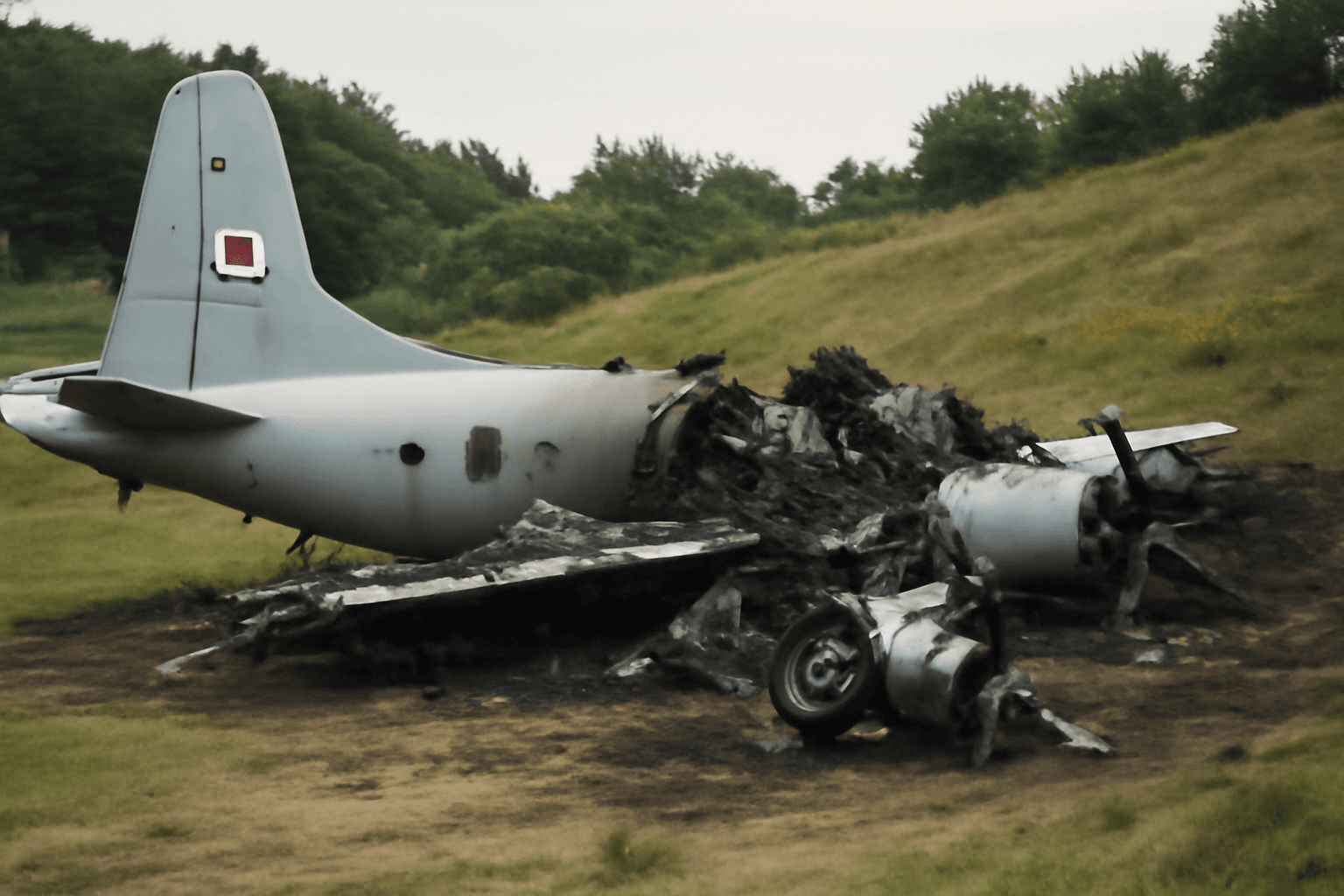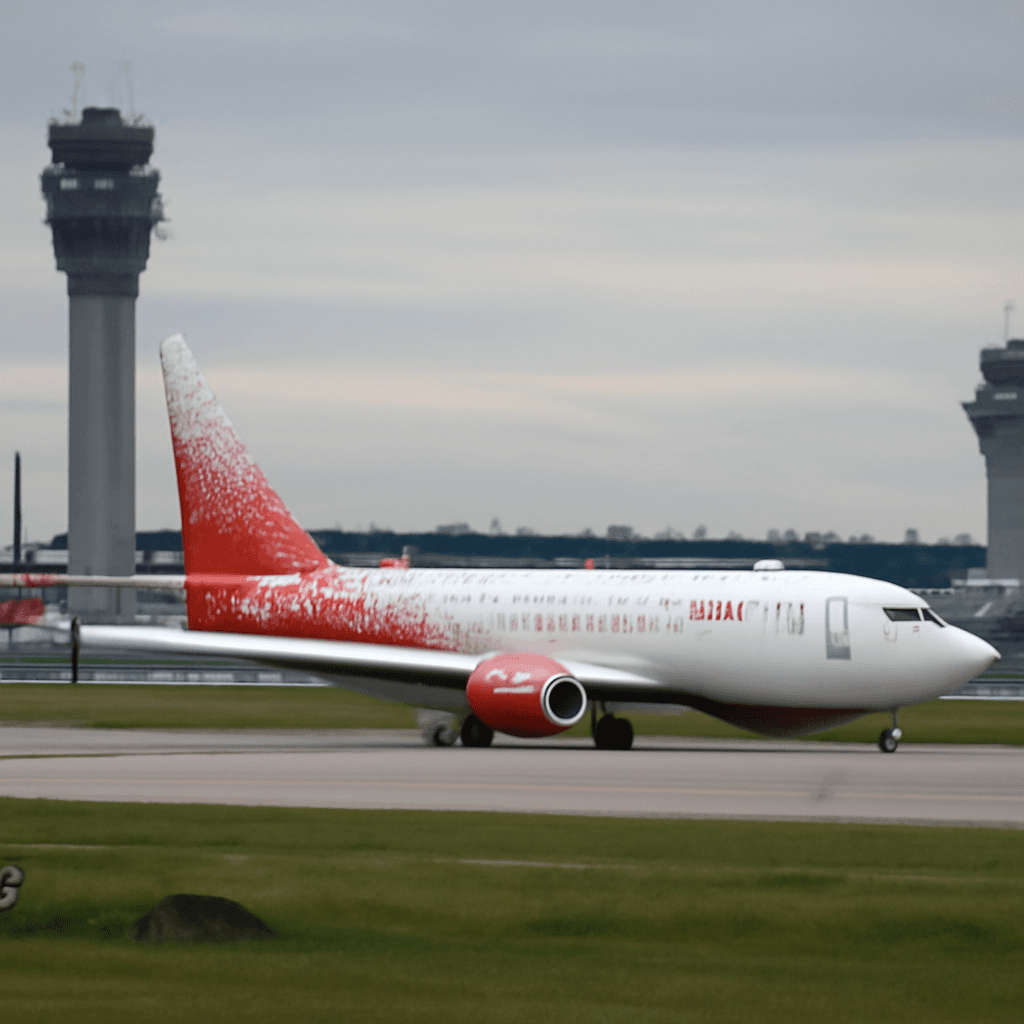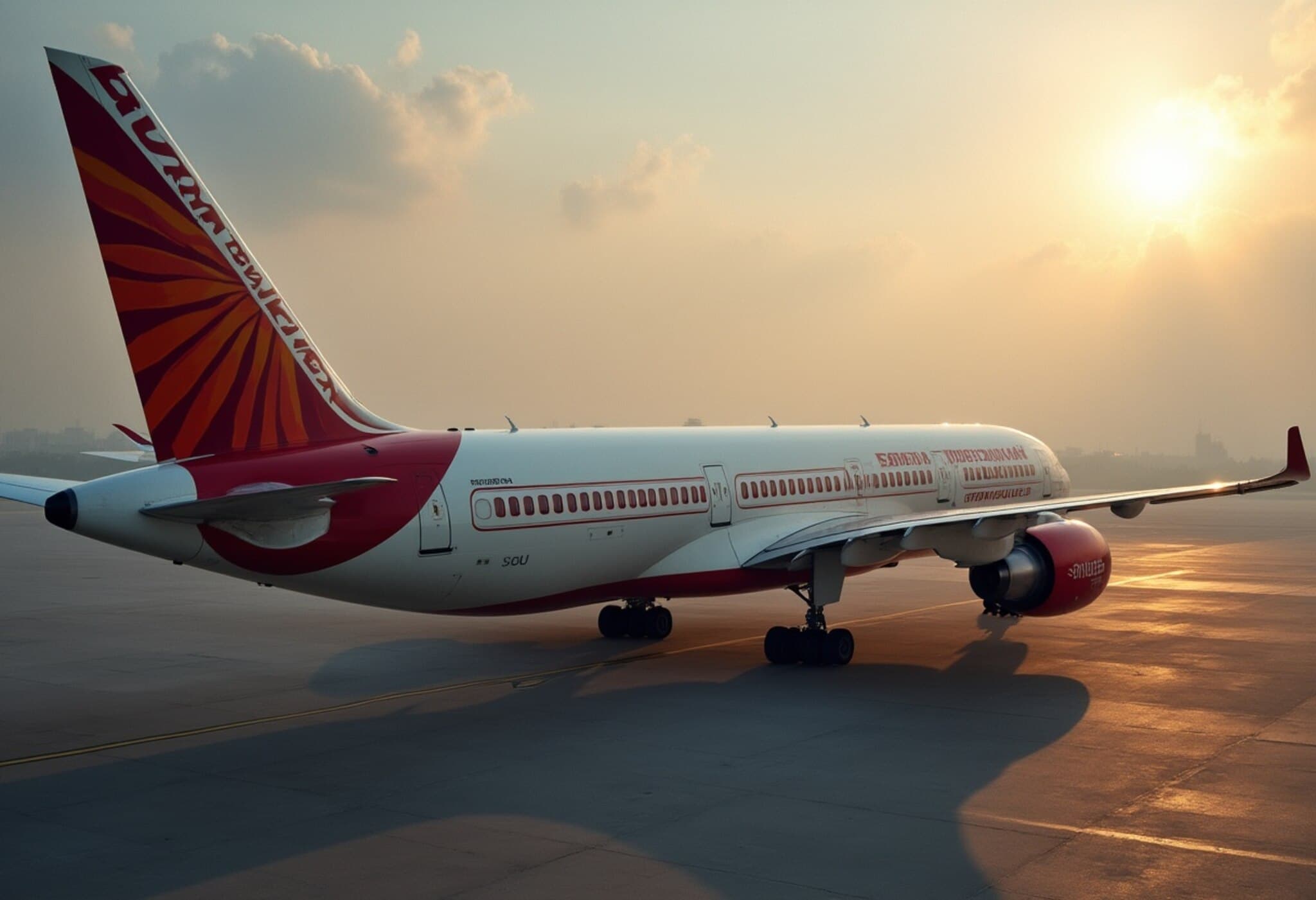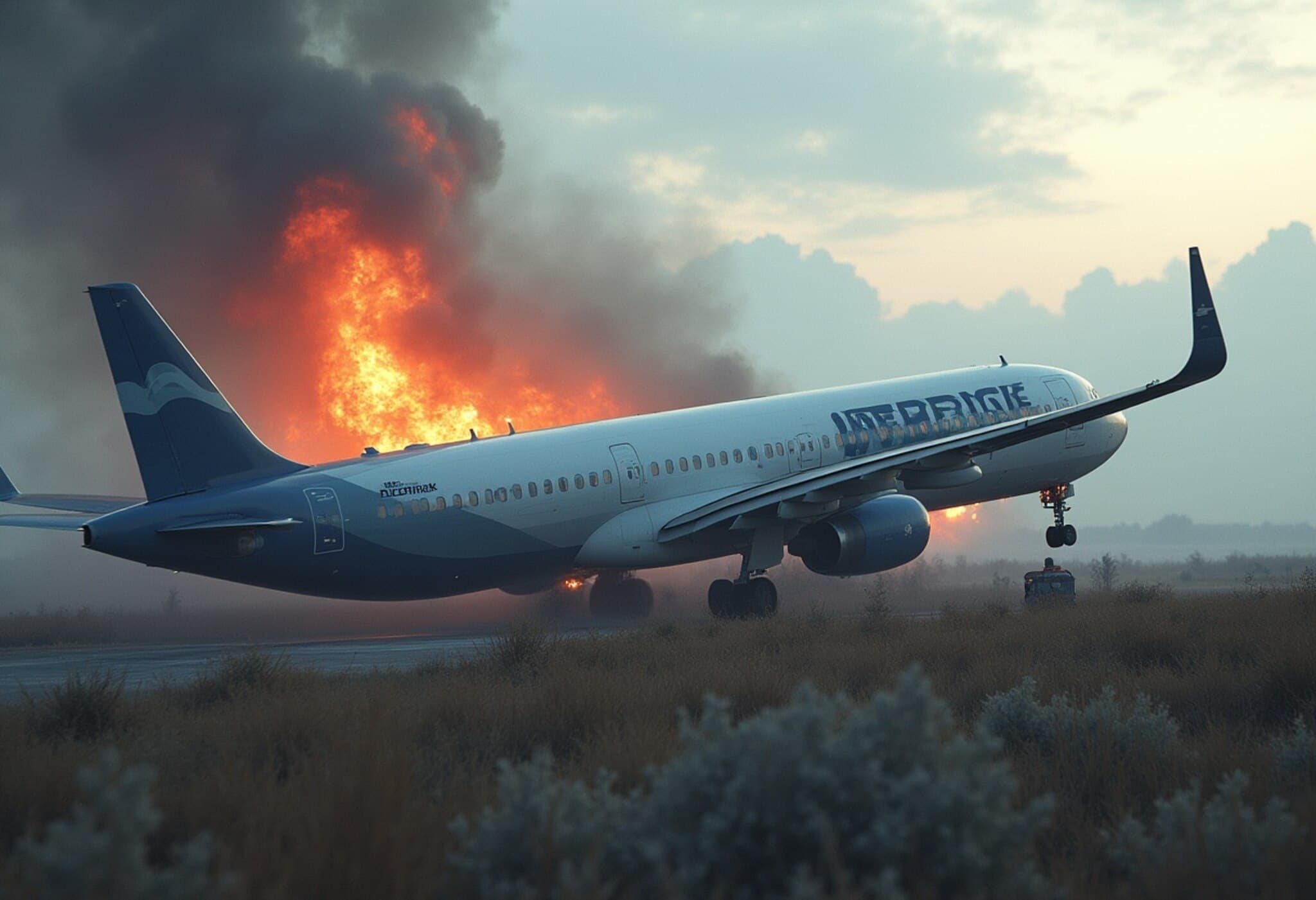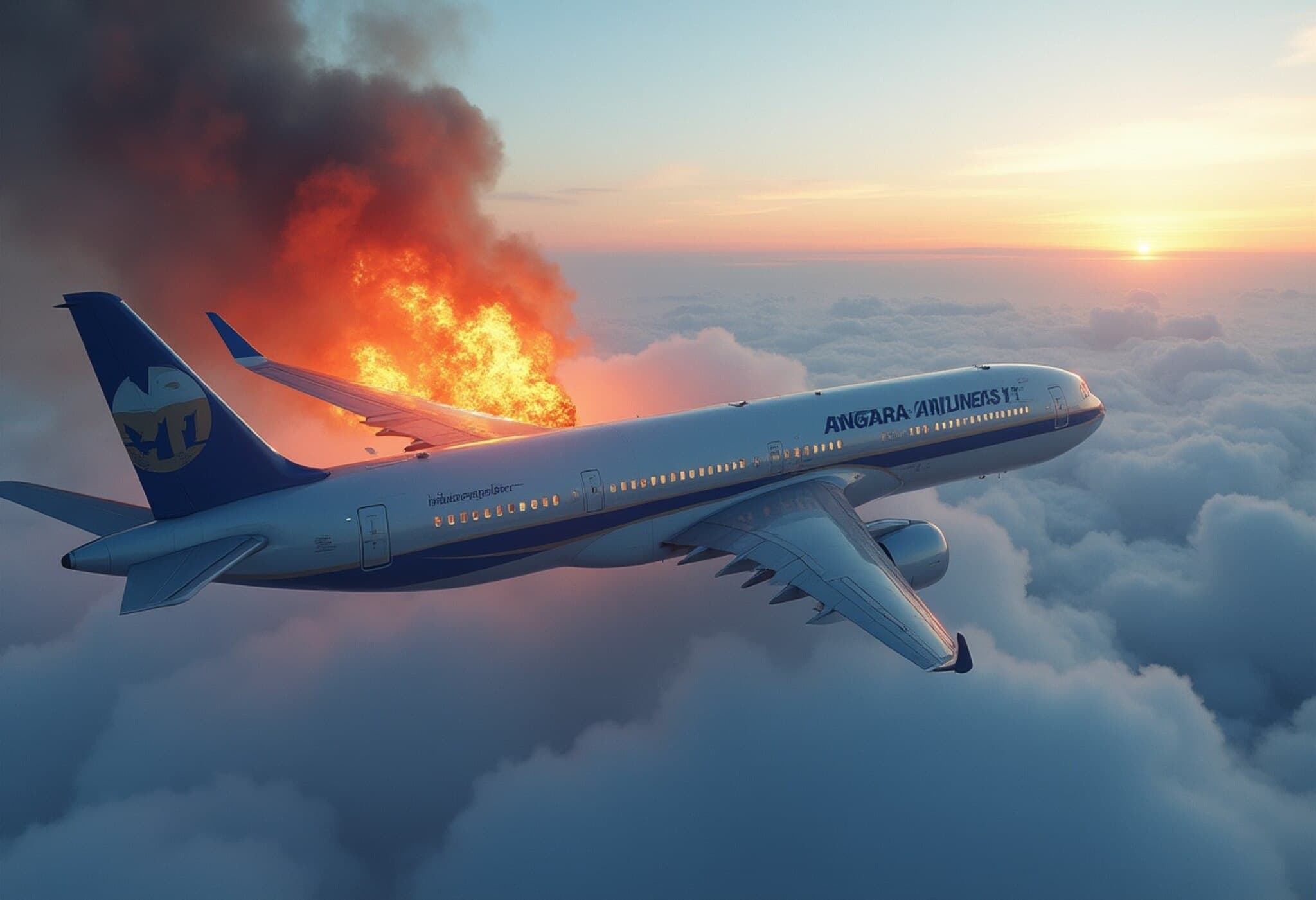Russian Passenger Plane Goes Missing Near China Border
On July 24, 2025, an Antonov An-24 passenger aircraft operated by Siberia’s Angara Airlines vanished from radar while flying over the Amur region in Russia’s Far East, close to the Chinese border. The plane was en route to the town of Tynda when air traffic control lost contact with it, sparking an urgent search and rescue operation.
Details on Passengers and Crew
Regional Governor Vasily Orlov shared preliminary information indicating that there were 43 passengers onboard, including five children, alongside six crew members. However, the local Emergencies Ministry estimates the total number closer to 40. Regardless of the exact figure, the incident has sent shockwaves through the community and aviation circles alike.
Debris Discovered Amid Ongoing Rescue Efforts
Hours following the disappearance, rescue crews located parts of the aircraft wreckage, including a burning fuselage, in a remote area of the Amur region. A rescue helicopter was integral to discovering the debris scattered in difficult terrain. Curiously, as of now, no confirmed casualties or survivor updates have been reported, and the cause of the crash remains under investigation.
Expert Views: Aviation Safety and Regional Challenges
The Amur region is known for its challenging weather patterns and rugged landscapes, factors that often complicate aviation operations. Specialists point out that the An-24, although a rugged Soviet-era turboprop aircraft, has seen a mixed safety record when operating in harsh conditions. This incident underscores ongoing questions about aviation infrastructure and safety standards in Russia’s vast, remote territories.
From a broader geopolitical and economic perspective, this accident also highlights the vulnerability of transportation networks crucial to cross-border trade and regional connectivity between Russia and China. Prompt and transparent investigation will be key in restoring public confidence.
Underreported Perspectives
- The families of the passengers and crew face anxiety and uncertainty, awaiting official information.
- The role of Siberia-based airlines and their compliance with international safety norms deserves scrutiny amid Russia’s expanding air travel sector.
- The environmental impact of the crash site and debris recovery in fragile ecosystems merits attention.
What’s Next?
Authorities have mobilized extensive search and emergency response teams aiming to secure the crash site, recover the wreckage, and determine the fate of those on board. Investigators from Russia’s aviation safety board alongside local emergency services will likely probe mechanical, environmental, and human factors contributing to the disaster.
Given the strategic location near the China border, cooperation between Russian and Chinese authorities may be crucial in comprehensive search, rescue, and investigation protocols.
Editor’s Note
This tragic incident spotlights the enduring challenges that come with operating passenger flights in Russia’s remote eastern regions. Beyond the immediate human cost, it raises pressing questions about aviation oversight, infrastructure readiness, and emergency preparedness in sparsely populated but geopolitically significant border areas. Readers and policymakers alike should watch closely as investigations unfold, with hopes for clear answers and enhanced safety measures in one of the world’s most demanding aviation environments.


